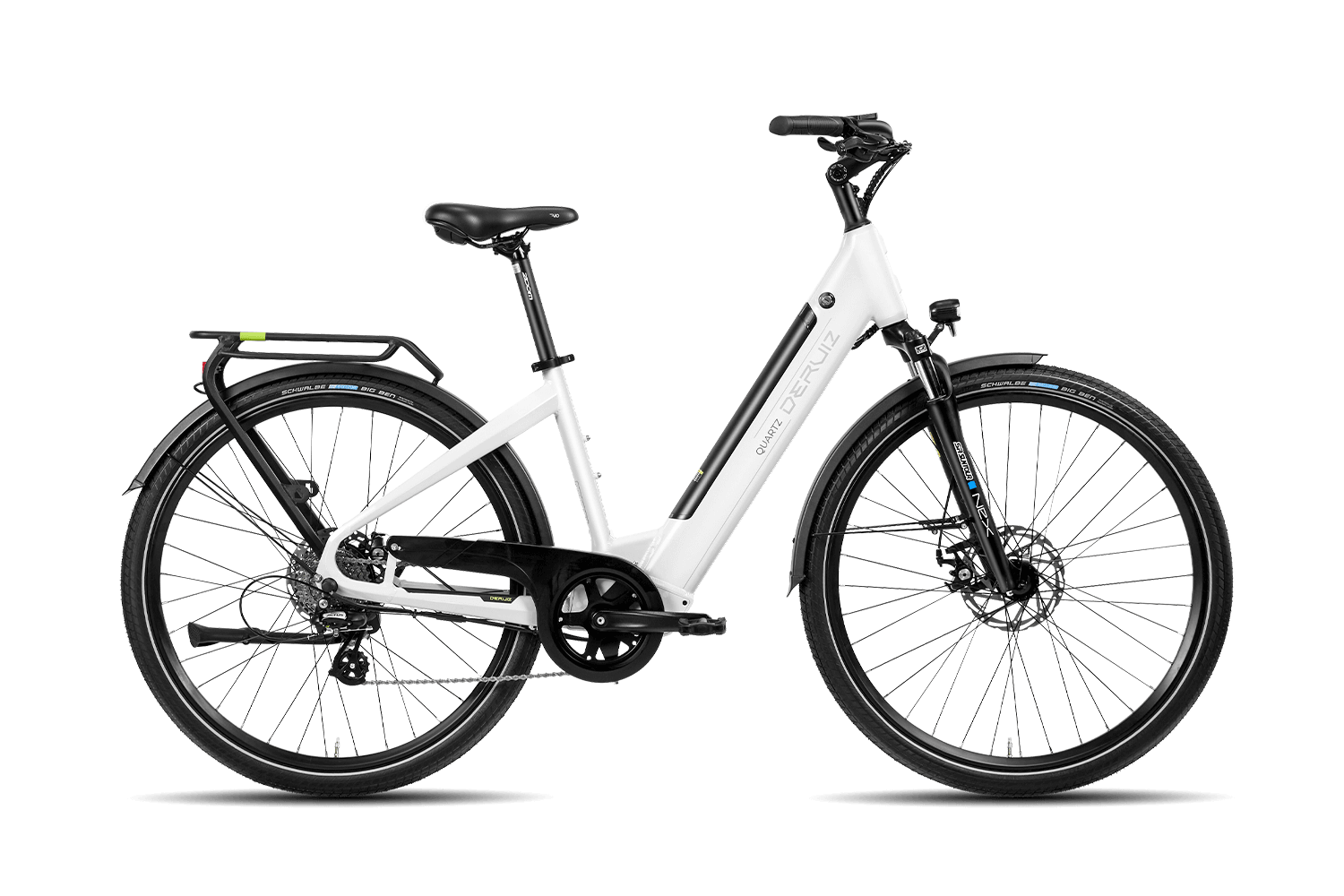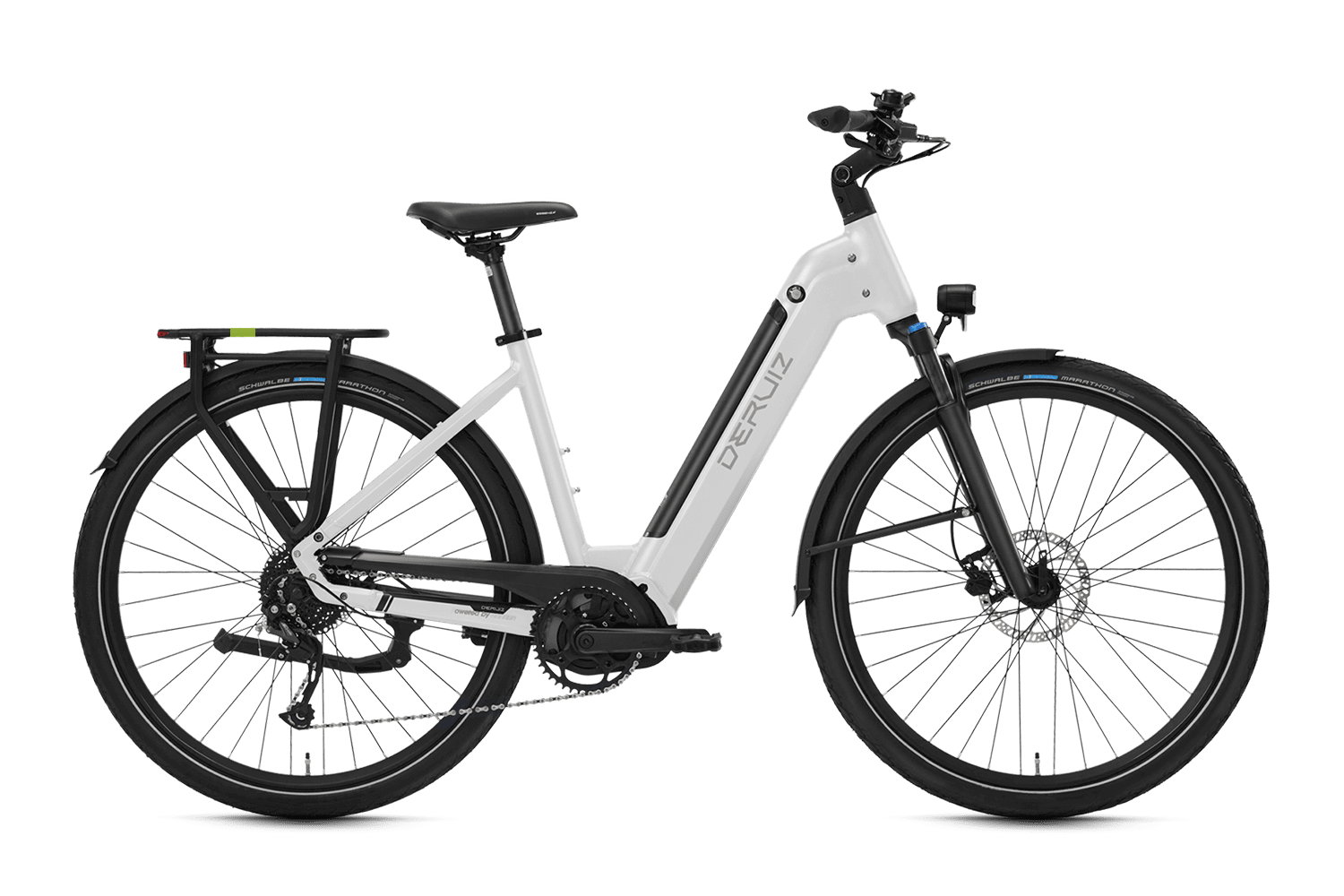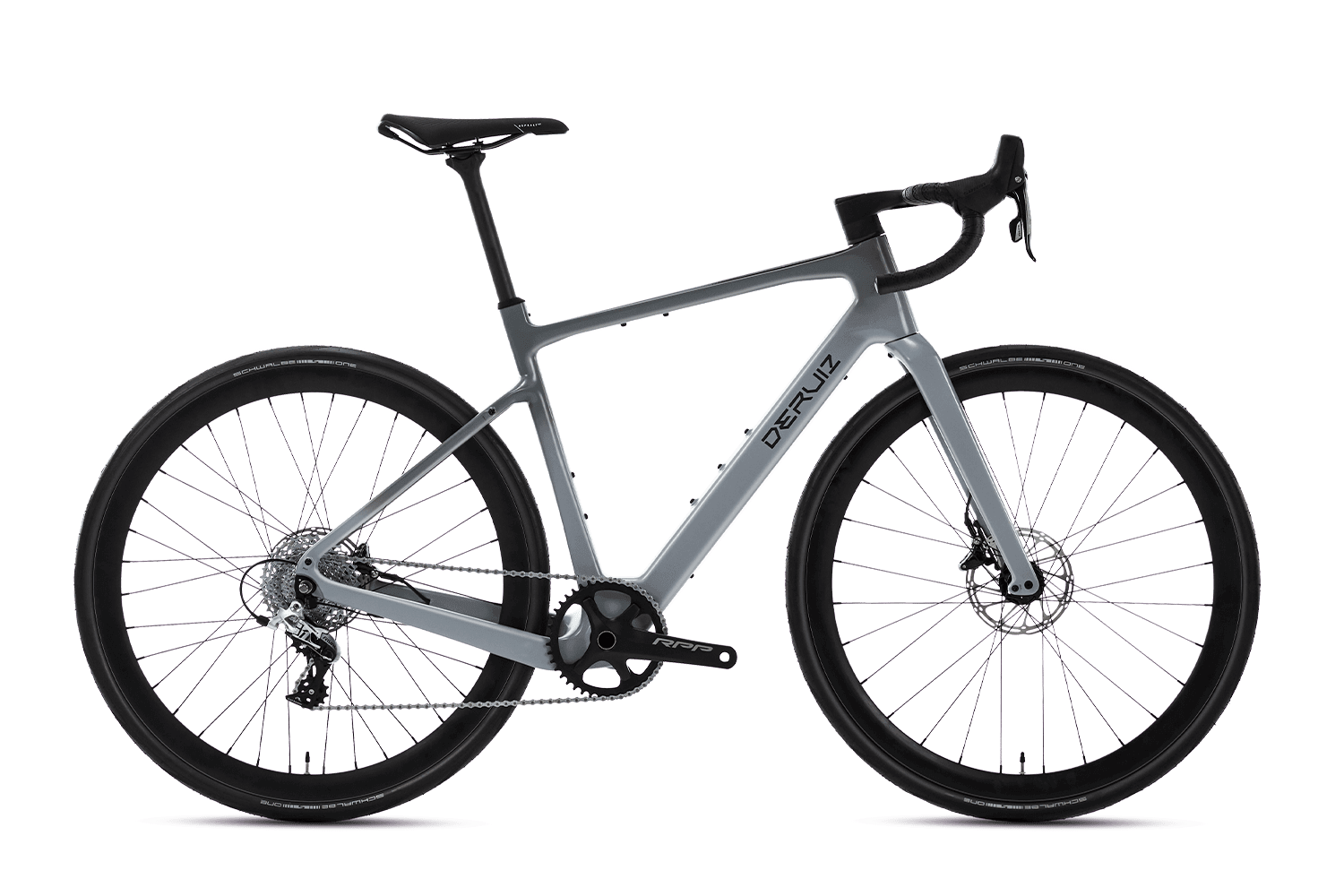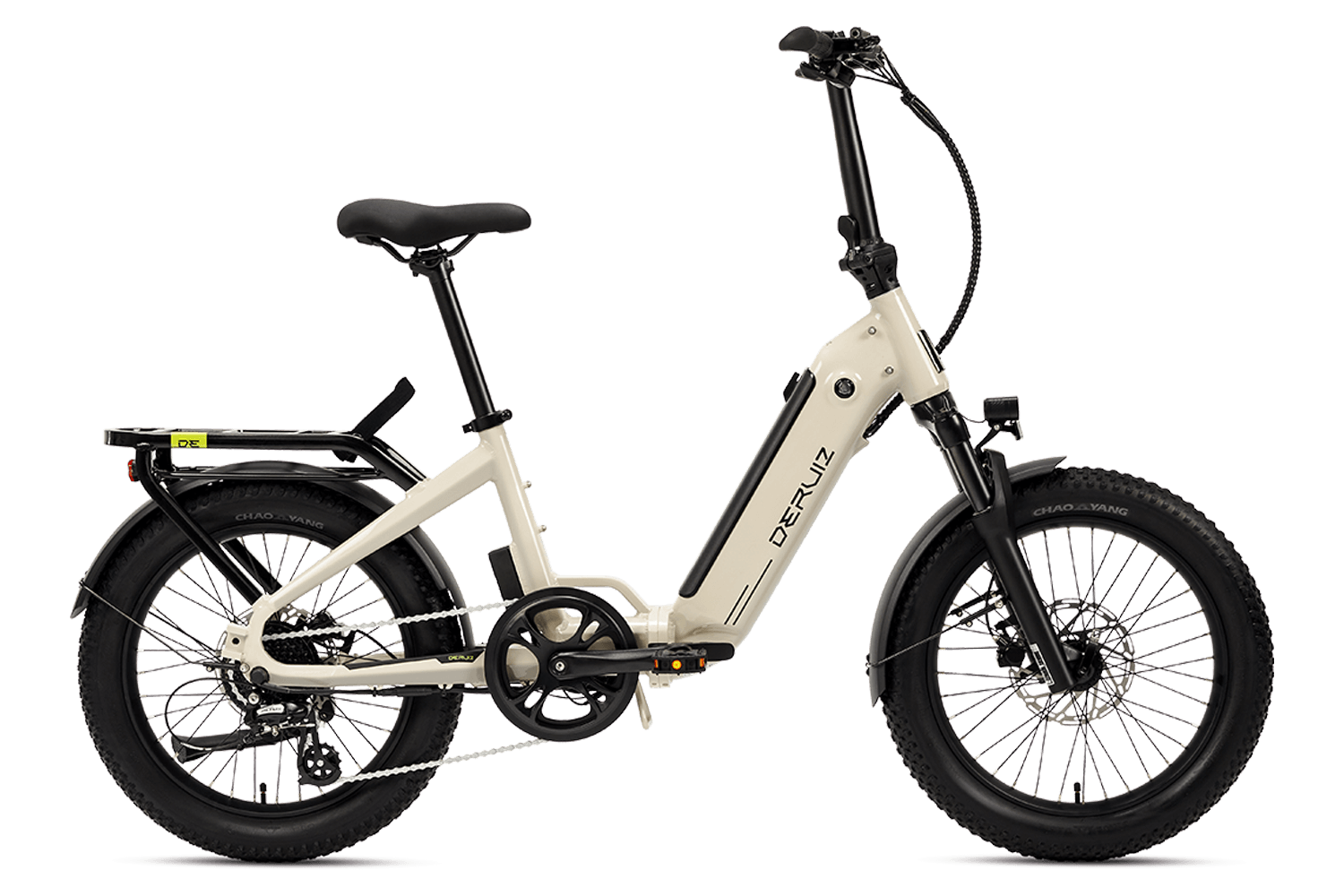Why does the lithium battery explode and catch fire? Deruiz says that…
Electric car fires and lithium battery explosions have become increasingly common in recent years, but does this mean that lithium batteries are unsafe? Military conventional power submarines that use lithium battery technology have no problems. However, because technology does not represent the product and its quality, deruiz found that we should focus on the issues that led to the fire of electric vehicles.
A lithium battery is made up of positive and negative electrode layers, electrolytes, diaphragm, and other thin sheets that are rolled or pressed together, and even minor damage to this structure will result in a fire.
The thermal control of the battery is the direct cause of lithium fire and spontaneous combustion of the battery. The term “thermal control” refers to an internal short circuit caused by various stimuli, which causes the internal temperature of the battery to rise by thousands of degrees, flammable electrolytes to boil and be ejected, and to burn upon contact with air.
Short circuits are currently caused by three main factors: mechanical, electrochemical, and temperature control.
In mechanical control, the most common causes are battery extrusion, external impact, or needle damage, which will result in a battery diaphragm puncture, structural damage, or shell damage. It can easily lead to electrode short circuits or electrode exposure, direct connection of positive and negative electrode plates, and internal short circuit, releasing enormous heat.
Poor battery quality is a major cause of electrochemical loss of control. At the moment, a large portion of the market for electric vehicles with spontaneous combustion is due to the ageing of the lithium battery or the battery itself being unqualified, which is caused by an internal short circuit. This situation usually occurs without warning, and it is virtually unstoppable once the signs of spontaneous combustion are discovered.
The debris and burrs attached to the internal negative copper plate of the ageing battery exceed the standard. During the charging and discharging of a battery, a large number of copper metal fragments and burrs are mixed into the electrolyte, which can easily puncture the diaphragm, resulting in an internal short circuit. This is why manufacturers should be wary of using recycled batteries for secondary sales.
In electric vehicles, excessive charging and high current fast charging are the “culprits” of electrochemical control.
When the electric car uses an inappropriate charging pile, charging pile, charging pile may output lithium battery unbearable current, inside the battery, the battery is too fast, lithium ions on the surface of the negative formed like branches, the branches like fine and hard, when the branches grow to a certain length, will poke the diaphragm induced short circuit.
Furthermore, because of the battery resistance, the battery will generate a lot of heat during the charging process. Although the protection device in the lithium battery can protect against overcharging to some extent by detecting voltage. However, if the overcharging time is too long and the voltage remains too high, the lithium-ion battery is prone to dendrite short circuit, causing the temperature and pressure of the lithium battery to rise, light causes the battery drum pack to fail, and heavy causes the internal short circuit.
And the main reason for temperature being out of control is that lithium batteries are very afraid of heat. When lithium batteries charge and discharge at high temperatures, positive and negative electrode and electrolyte additional reaction, release oxygen and additional heat, multiple heat impact, it is easy to cause the diaphragm to melt, cause chain chemical reaction, cause battery explosion combustion, and a large area of short circuit.
In the summer, if the battery is charged in the hot sun without adequate heat dissipation, it is easy for the battery to overheat and catch fire. Battery deflagration is extremely dangerous, even fatal, so battery manufacturers have devised numerous methods to protect the batteries. Since the explosion of the Samsung NOTE7, the use of lithium batteries has shifted primarily from lithium-ion batteries to lithium-ion polymer batteries, with lithium batteries containing flammable liquid electrolytes.
We learned in our lithium battery supply enterprises that in the brand stores in the brand selection are Samsung, LG, and other brand cells with high quality and a high-quality guarantee. Electric cells and BMS systems make up the majority of a lithium battery. The cell is designed with a safety valve to ensure safety, and the BMS system is responsible for cutting off the circuit when the battery is operating abnormally. To ensure safety, the lithium battery shell will also be subjected to vibration and drop tests, high and low-temperature impact tests, and overcharge and discharge protection tests before leaving the factory.
A qualified 48-volt lithium battery will typically cost more than $250, and overpriced lithium batteries may lack the necessary safety guarantee.
There are only two ways to learn about ultra-low-cost batteries. The first is the use of raw materials and recycled batteries, and the second is to reduce production costs. Because so many batteries can be disassembled, reprocessed, and reused, the cost of the battery is extremely low. More importantly, the production of lithium battery for the environment and equipment requirements are extremely strict, and the investment in this part is very large. When there is no such equipment and environment, it is possible to produce lithium battery, but the quality or safety of the lithium battery production cannot be guaranteed, but the cost is low.

How to minimize the accident risk
According to the structural characteristics of lithium batteries, the battery charge will discharge lithium-ion migration, embedded physical and chemical process, even normal use process will produce heat, in some abnormal use (overcharge) heat will be very large, if the heat cannot be sent out in time, will lead to battery temperature rise, when heating up to a certain extent will damage the battery structure, make the diaphragm melt, cause a short circuit, produce a lot of heat
At this point, the electrolyte, solvents, and other substances inside the battery will undergo chemical reactions, generating a large amount of heat and gas, raising the internal temperature of the battery and increasing the pressure. When the battery’s pressure relief valve cannot withstand the pressure, it will emit combustible gas, high-temperature combustible gas mixed with oxygen in the air, causing it to catch fire or explode.
In terms of the fire-fighting process, we extinguish the open fire outside the battery, but even if the open fire is extinguished, the chemical reaction inside the battery continues. If the chemical reaction is not stopped, the battery will quickly re-ignite, explaining why the battery fire is uncontrollable. So, the first order of business is to extinguish the outside fire while allowing the battery to cool quickly. When the temperature drops, the reaction speed slows or the chemical reaction is terminated.
The charging bank, for example, belongs to a single battery and is a reasonable way to use water during spontaneous combustion. Water not only extinguishes the gas phase fire, but also cools the battery, causing the chemical reaction inside the battery to stop. However, if a large battery pack module, such as those found in electric vehicles and energy storage stations, catches fire, it is best to use non-conductive fire extinguishing agents that can quickly extinguish the fire and cool the battery.
To deal with a lithium battery fire, determine the rescue method based on the specific location, scene, and fire object. If an open fire occurs while using a lithium battery purchased from our store, we recommend that you flee immediately, dial 911, and isolate the surrounding combustibles. If you only see smoke early in the accident, call 911 with a large amount of water or a water-based fire extinguisher 911 so that professionals can assist you.
If the lithium battery catches fire while charging, make sure to turn off the power first! Then, pour water on the lithium battery from a distance of more than a meter. Pour enough water into the lithium battery to bring it to a halt.
Furthermore, even if you stop watering after the lithium battery fire has been extinguished, you must wait several hours to ensure that the lithium battery does not catch fire again before handling the battery with glue gloves. Be cautious, do not touch the battery, do not allow yourself to come into contact with the lithium battery during the firefighting process, and avoid coming into contact with the firefighting water to avoid water conductivity. To extinguish the lithium battery fire, use a water-based fire extinguisher in the same manner as described above.
It should be remembered that a lithium battery fire is extremely difficult to extinguish, so if there is a fire extinguisher nearby, no matter how to wave, temporarily control the fire, and then a lot of water to cool down. Furthermore, keep in mind that the smoke from a lithium battery fire is toxic; avoid inhaling it!
How to self-inspection
Before leaving the factory battery, regular manufacturers will undoubtedly perform a series of quality checks on lithium-ion battery packs. What if we, as lithium-ion battery pack users, want to detect the quality of some lithium-ion battery packs around us?
The battery inspection can look at two pieces of information: the voltage and the starting current. And the inspection is best performed on a cold car (better overnight). For example, a 52V lithium battery pack, where the voltage value must be greater than 40.5V; if it is less than 40.5V, you should be prepared to say goodbye to this battery. Voltage inspection, the friend’s owner can do it themselves, take a universal meter, in the battery positive and negative poles on the line.
Although the beginning of the current inspection is a relatively professional point, we still recommend that you go to professional maintenance and testing locations. However, under normal conditions, the starting current does not vary with battery life, so as long as the cold battery car voltage is greater than a certain value, there will be no noticeable impact on your car.
There is also information on the internal resistance and discharge current. If you have the necessary tools, you can test the internal resistance and maximum discharge current of a high-quality lithium-ion battery. The internal resistance of a high-quality lithium-ion battery is very low, and the maximum discharge current is very high. The old battery has a low cost and a high internal resistance, which is the primary cause of heat.
Using a multimeter with a 20A range, directly short-connect the two electrodes of a lithium-ion battery; the current should be around 10A, or even higher, and should be able to be maintained for an extended period, indicating a good lithium-ion battery pack. If a professional battery internal resistance tester is not available, it can be detected using an ordinary multimeter to measure the number of empty and loaded cells. Internal resistance = (empty load-load volt) / load is the formula for internal resistance. For example, the normal internal resistance of the 48V lithium battery set sold in the store is approximately 135-165 ms, and we will perform a thorough inspection before selling.
Although the battery service life of an electric bicycle is typically 800~1000 cycles, there will be no obvious early symptoms prior to failure or death. The direct performance could be that the electric vehicle does not start smoothly overnight or that the battery is incapable of storing electricity.
It should be noted that any explosion or spontaneous combustion accident has a specific precursor, such as an explosion, the battery will start the first bulge, which is the gas of electrolyte decomposition. There will also be smoke as a result of spontaneous combustion.
Notes for daily use
1. Reasonable charging and avoid overcharging
When charging, connect the battery plug first, then the power plug, and keep in mind that the charging time should not be too long.
2. Choose the electric vehicles and battery products of regular manufacturers
Purchasing electric bicycles or batteries through formal channels, regular manufacturers of electric vehicles and battery products have frequently carried out strict safety tests, providing greater security assurance. Non-standard electric vehicles frequently have issues with the battery and circuit connection, and there are significant safety risks during charging and use.
3. Do not modify the electric vehicles privately
Purchasing electric bicycles or batteries through formal channels, regular manufacturers of electric vehicles and battery products have frequently carried out strict safety tests, providing greater security assurance. Non-standard electric vehicles frequently have issues with the battery and circuit connection, and there are significant safety risks during charging and use.
4. Use the original charger equipped with electric vehicles
Original chargers are designed to work with the battery’s charging and protection functions, and third-party chargers’ lack of guarantee in this regard can lead to battery damage and safety accidents.
5. Try to choose the unified configuration of charging and parking locations
When charging and parking electric vehicles, try to select a unified configuration with high safety guarantees, and avoid charging in an indoor environment such as a stairwell, corridor, or room.
6. Avoid direct battery exposure to the sun
High external temperatures can easily affect the heat dissipation of the lithium battery, resulting in an excessively high internal temperature inside the battery, causing the diaphragm to melt through and short-circuiting. As a result, the battery should be kept away from direct sunlight and away from high-temperature heat sources.
7. Change the aging battery in time from Deruiz
In the course of our daily driving, deruiz recommends that should try to avoid bumps and collisions while also keeping an eye on the appearance of the battery, paying attention to the use of the time limit, and if there is timely maintenance and replacement.































